Home>Others>Eco-Friendly Products>How To Compost With A Bin
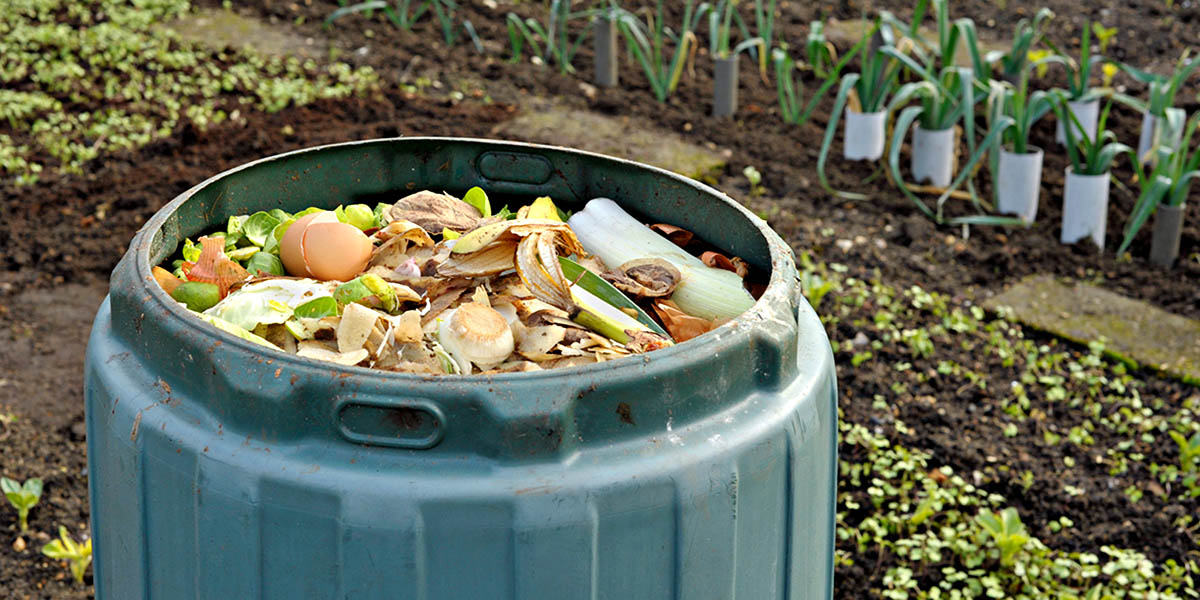

Eco-Friendly Products
How To Compost With A Bin
Modified: January 20, 2024
Learn how to compost with a bin and reduce waste with eco-friendly products. Discover the benefits of composting at home today!
(Many of the links in this article redirect to a specific reviewed product. Your purchase of these products through affiliate links helps to generate commission for Storables.com, at no extra cost. Learn more)
Introduction
Welcome to the world of composting! If you're passionate about sustainability and reducing your environmental impact, composting is an incredibly rewarding and impactful practice. By diverting organic waste from landfills and transforming it into nutrient-rich soil amendment, you can actively contribute to a healthier planet and more vibrant gardens.
Composting with a bin is a convenient and efficient way to manage organic waste, whether you're a seasoned gardener or just beginning your eco-friendly journey. In this guide, we'll explore the ins and outs of composting with a bin, from selecting the right bin to troubleshooting common issues. By the end, you'll be equipped with the knowledge and confidence to embark on your composting adventure.
But why compost in the first place? Well, the benefits are plentiful. Not only does composting reduce the amount of waste that ends up in landfills, where it emits harmful greenhouse gases, but it also enriches the soil, promotes biodiversity, and conserves water. Whether you're an avid gardener seeking to improve your soil's fertility or an environmentally conscious individual looking to minimize your carbon footprint, composting is a simple yet powerful way to make a positive impact.
Throughout this guide, we'll cover everything you need to know to successfully compost with a bin. From choosing the right bin for your needs to maintaining and utilizing your compost, each step of the process will be thoroughly explored. By the time you finish reading, you'll be ready to dive into the world of composting with confidence and enthusiasm.
So, let's roll up our sleeves and delve into the wonderful world of composting with a bin! Whether you have a sprawling backyard or a cozy apartment balcony, composting is a versatile and fulfilling practice that can be adapted to fit your lifestyle and contribute to a greener, more sustainable future.
Key Takeaways:
- Composting with a bin is an impactful way to reduce waste, enrich soil, and contribute to a healthier planet by transforming organic materials into nutrient-rich compost for gardening.
- Choosing the right bin, setting it up, adding diverse materials, and maintaining the compost pile are essential steps in creating high-quality compost for gardening and sustainable living.
Read more: How To Manage A Compost Bin
Choosing the Right Compost Bin
When it comes to composting, selecting the right bin is a crucial first step. With a wide array of options available, it's important to consider your specific needs, space, and the type of materials you'll be composting.
1. Consider Your Space: If you have a large outdoor area, you might opt for a traditional compost bin or tumbler. These bins offer ample capacity and are ideal for composting a variety of materials, from kitchen scraps to yard waste. For those with limited outdoor space, compact bins or vermicomposting systems, which use worms to break down organic matter, are excellent alternatives. Additionally, if you live in an apartment or urban setting, indoor compost bins designed to minimize odors and pests may be the best fit.
2. Assess Your Needs: Think about the volume of organic waste your household generates and the frequency at which you'll be adding to the compost bin. If you have a large family or produce a significant amount of kitchen scraps, a larger bin or multiple bins may be necessary. Conversely, if you're a solo dweller or have minimal organic waste, a smaller bin could suffice.
3. Material Compatibility: Consider the types of materials you'll be composting. Some bins are designed specifically for kitchen scraps and other food waste, while others accommodate a broader range of materials, including yard trimmings and paper products. Ensure that the bin you choose aligns with the materials you intend to compost.
4. Ventilation and Pest Control: Adequate ventilation is essential for a successful composting process, as it facilitates airflow and helps prevent odors. Additionally, consider features that deter pests, such as secure latches and critter-resistant designs, especially if you live in an area prone to wildlife encounters.
5. Durability and Maintenance: Select a compost bin constructed from durable, weather-resistant materials, particularly if it will be exposed to the elements. Additionally, assess the ease of maintenance, including access points for turning the compost and removing finished compost.
By carefully considering these factors, you can choose a compost bin that aligns with your lifestyle, space, and composting goals. Whether you opt for a traditional outdoor bin, a space-saving indoor system, or a vermicomposting setup, the right bin will set the stage for a successful and fulfilling composting journey.
Setting Up Your Compost Bin
Now that you've selected the perfect compost bin for your needs, it's time to set it up for success. Properly preparing your compost bin ensures that the decomposition process proceeds smoothly and efficiently, leading to the creation of nutrient-rich compost for your garden or household plants.
1. Location, Location, Location: Choose a suitable location for your compost bin. If you have an outdoor bin, select a level area with good drainage and ample airflow. Avoid placing the bin directly on grass or soil to prevent pests from accessing the compost. For indoor bins, designate a convenient spot in your kitchen or utility area, ensuring it's easily accessible for depositing kitchen scraps.
2. Assembling the Bin: If your compost bin requires assembly, carefully follow the manufacturer's instructions. Ensure that all components are securely connected and that the bin is stable and level once assembled. For vermicomposting systems, add a bedding layer for the worms, such as shredded newspaper or coconut coir, before introducing the worms.
3. Adding Base Materials: To kickstart the composting process, add a layer of "brown" materials, such as dried leaves, straw, or shredded paper, to the bottom of the bin. This provides aeration and helps absorb excess moisture, preventing the compost from becoming waterlogged.
4. Introducing Compost Starter: While not essential, adding a compost starter containing beneficial microorganisms can accelerate the decomposition process. Alternatively, a shovelful of finished compost or healthy garden soil can introduce the necessary microbes to jumpstart the process.
5. Layering Organic Materials: Begin adding kitchen scraps, yard waste, and other organic materials in layers. Aim for a balanced mix of "green" materials, such as fruit and vegetable scraps, and "brown" materials, like dry leaves and newspaper. This balance provides the ideal carbon-to-nitrogen ratio for efficient decomposition.
6. Covering the Bin: Depending on the design of your compost bin, cover the materials with a lid or breathable material to retain moisture and heat. This helps create the optimal environment for microbial activity, essential for breaking down the organic matter into compost.
By following these steps, you'll establish a well-prepared and functional compost bin, ready to transform organic waste into a valuable resource. With the setup complete, the composting process can begin, and you'll be on your way to producing nutrient-dense compost for your garden or potted plants.
Adding Materials to Your Compost Bin
As you embark on your composting journey, the process of adding materials to your compost bin is a key aspect of nurturing a thriving compost pile. By incorporating a diverse range of organic materials and maintaining a balanced carbon-to-nitrogen ratio, you can foster a robust and efficient composting environment.
1. Kitchen Scraps: Kitchen scraps, including fruit and vegetable peelings, coffee grounds, and eggshells, are valuable additions to your compost bin. These "green" materials are rich in nitrogen, contributing to microbial activity and the overall breakdown of organic matter.
2. Yard Waste: Fallen leaves, grass clippings, and small prunings from your garden are excellent sources of "brown" materials. These carbon-rich components provide structure and aeration to the compost pile, balancing the high nitrogen content of kitchen scraps.
3. Avoiding Certain Materials: While many organic materials are suitable for composting, it's important to exclude items such as meat, dairy products, and oily foods, as these can attract pests and produce unpleasant odors. Additionally, steer clear of diseased plants and weeds with mature seeds to prevent potential issues in the finished compost.
4. Maintaining Balance: Aim to maintain a balanced mix of green and brown materials in your compost bin. This equilibrium ensures that the carbon-to-nitrogen ratio remains optimal for microbial activity, preventing the compost from becoming too wet or too dry.
5. Layering and Aerating: As you add materials to the compost bin, layer them to promote even distribution of nutrients and airflow. Periodically turning the compost with a pitchfork or compost aerator helps aerate the pile, enhancing decomposition and minimizing the risk of unpleasant odors.
6. Monitoring Moisture Levels: Regularly check the moisture content of the compost. It should resemble a wrung-out sponge, damp but not waterlogged. If the compost appears dry, lightly moisten the materials with a watering can. Conversely, if it's overly wet, incorporate additional brown materials to improve aeration.
By consistently adding a diverse array of organic materials, maintaining a balanced composition, and attending to moisture levels, you can optimize the conditions within your compost bin. This dedication to nurturing the composting process sets the stage for the transformation of organic waste into a valuable resource, enriching your garden and reducing your environmental impact.
Turn your compost bin regularly to aerate the materials and speed up the decomposition process. This will help create nutrient-rich compost for your garden.
Maintaining Your Compost Bin
Ensuring the ongoing health and productivity of your compost bin involves regular maintenance and attentive care. By implementing simple yet essential practices, you can foster an optimal environment for decomposition and microbial activity, ultimately yielding high-quality compost for your gardening endeavors.
1. Turning the Compost: Periodically turning the compost pile with a pitchfork or compost aerator is crucial for aerating the materials and promoting even decomposition. This process prevents the formation of anaerobic pockets, which can lead to unpleasant odors and slow the composting process.
2. Monitoring Moisture Levels: Regularly assess the moisture content of the compost. Ideally, it should maintain a consistently damp, crumbly texture. If the compost appears excessively dry, lightly moisten it with a watering can. Conversely, if it seems overly wet, incorporate additional brown materials to enhance aeration and absorb excess moisture.
3. Balancing Green and Brown Materials: Sustaining a harmonious mix of green and brown materials is essential for maintaining an optimal carbon-to-nitrogen ratio. By consistently adding a diverse array of organic waste, you can ensure that the composting process proceeds efficiently, yielding nutrient-rich compost.
4. Managing Odors and Pests: To minimize odors and deter pests, avoid adding meat, dairy products, and oily foods to the compost bin. Additionally, covering kitchen scraps with a layer of brown materials and regularly turning the compost can help mitigate odors and discourage unwanted visitors.
5. Patience and Observation: Composting is a gradual process, so exercise patience and allow sufficient time for the materials to break down. Regularly observe the compost for signs of progress, such as a dark, crumbly texture and an earthy aroma, indicating that the compost is maturing and nearing readiness for use.
6. Harvesting Finished Compost: Once the compost has transformed into a dark, crumbly substance with an earthy scent, it is ready for use. Harvest the finished compost by carefully removing it from the bottom or center of the bin, leaving any unfinished materials at the top to continue decomposing.
By conscientiously tending to your compost bin and implementing these maintenance practices, you can foster an environment that supports the natural process of decomposition. This hands-on approach not only yields high-quality compost but also deepens your connection to the cycles of nature, fostering a sense of stewardship and sustainability.
Read more: What Is A Compost Bin
Using Your Compost
Once your compost has matured into a rich, earthy substance teeming with beneficial microorganisms, it’s time to reap the rewards of your composting efforts. Utilizing compost in various applications throughout your garden, landscaping, and household endeavors can yield numerous benefits for plant health, soil fertility, and environmental sustainability.
1. Soil Amendment: Incorporating compost into garden beds, raised planters, and landscaping areas enhances soil structure, promotes nutrient retention, and fosters a thriving ecosystem of soil organisms. The addition of compost improves soil drainage, aeration, and moisture-holding capacity, providing an ideal environment for plant roots to flourish.
2. Plant Nutrition: The nutrients present in compost, including nitrogen, phosphorus, and potassium, enrich the soil and supply essential elements for plant growth. By top-dressing existing plants with a layer of compost or incorporating it into potting mixes, you can provide a steady source of nutrients to support healthy, robust growth.
3. Mulching and Erosion Control: Applying a layer of compost as mulch around garden beds and landscape plantings helps conserve soil moisture, suppress weed growth, and mitigate erosion. The protective covering of compost insulates the soil, moderates temperature fluctuations, and fosters a favorable environment for beneficial soil organisms.
4. Seed Starting and Transplanting: When starting seeds or transplanting seedlings, incorporating compost into the growing medium promotes strong root development and provides a gentle, nutrient-rich environment for young plants to thrive. The presence of beneficial microorganisms in compost also supports healthy soil ecology, reducing the risk of plant diseases.
5. Compost Tea: Brewing compost tea by steeping compost in water creates a potent liquid fertilizer rich in beneficial microbes and nutrients. This organic, nutrient-dense solution can be applied as a foliar spray or soil drench, delivering a boost of fertility and microbial activity to plants.
6. Sustainable Landscaping: Utilizing compost aligns with sustainable landscaping practices, reducing reliance on synthetic fertilizers and chemical soil amendments. By harnessing the natural fertility of compost, you contribute to the preservation of ecosystems and the reduction of environmental impact.
By integrating compost into your gardening practices, you harness the transformative power of organic matter, nurturing the health and vitality of your plants while minimizing waste and supporting ecological balance. Embracing the use of compost as a versatile and sustainable resource empowers you to cultivate thriving, resilient landscapes and contribute to a greener, more sustainable world.
Troubleshooting Common Composting Issues
While composting is a rewarding and eco-friendly practice, it’s not uncommon to encounter challenges along the way. Understanding and addressing common composting issues is essential for maintaining a healthy and productive compost pile. By identifying and troubleshooting these challenges, you can optimize the composting process and achieve successful, nutrient-rich compost.
1. Foul Odors: Unpleasant odors emanating from the compost pile may indicate anaerobic conditions caused by excessive moisture or inadequate aeration. To address this issue, turn the compost to improve airflow, incorporate dry brown materials to absorb excess moisture, and refrain from adding meat, dairy, or oily foods that can contribute to odors.
2. Slow Decomposition: If the composting process seems sluggish, it may be due to an imbalance of green and brown materials or insufficient microbial activity. To accelerate decomposition, ensure a balanced mix of nitrogen-rich kitchen scraps and carbon-rich yard waste, and consider adding a compost starter or finished compost to introduce beneficial microbes.
3. Pests and Wildlife: Encounters with pests such as rodents, raccoons, or insects can disrupt the composting process and create a nuisance. To deter pests, avoid adding meat and dairy products to the compost, cover kitchen scraps with a layer of brown materials, and secure the compost bin with a tight-fitting lid or critter-resistant design.
4. Excessive Moisture: A compost pile that is overly wet can impede airflow and lead to anaerobic conditions. If the compost appears waterlogged, incorporate dry brown materials such as straw or shredded paper to improve aeration and absorb excess moisture. Turning the compost and monitoring moisture levels can help rectify this issue.
5. Unpleasant Odors: If your compost pile emits an unpleasant or ammonia-like smell, it may indicate an imbalance of green and brown materials or excessive nitrogen. To address this issue, add additional brown materials to the compost, such as dried leaves or cardboard, to rebalance the carbon-to-nitrogen ratio and mitigate odors.
6. Weed Seeds and Plant Diseases: Introducing weeds with mature seeds or diseased plant material to the compost can lead to issues in the finished compost. To prevent the spread of weeds and diseases, avoid adding these materials to the compost pile and consider hot composting methods to ensure that weed seeds and pathogens are effectively neutralized.
By proactively addressing these common composting challenges, you can foster a thriving and efficient compost pile while minimizing potential setbacks. Embracing these troubleshooting strategies empowers you to overcome obstacles and cultivate nutrient-rich compost that enriches your garden and contributes to a more sustainable, eco-conscious lifestyle.
Conclusion
Congratulations on embarking on your composting journey! By delving into the world of composting with a bin, you’ve taken a meaningful step toward reducing waste, enriching the soil, and cultivating a more sustainable lifestyle. As you’ve discovered, composting is a dynamic and transformative process that empowers individuals to actively contribute to environmental stewardship and the health of our planet.
Throughout this guide, we’ve explored the essential elements of composting with a bin, from selecting the right bin for your needs to troubleshooting common issues. By carefully choosing a suitable bin, setting it up with care, and adding a diverse array of organic materials, you’ve laid the groundwork for a thriving compost pile. Through regular maintenance, attentive observation, and the patient nurturing of your compost, you’ve cultivated an environment that fosters the natural process of decomposition, yielding nutrient-rich compost for your gardening endeavors.
As you move forward in your composting journey, remember that challenges may arise, but with knowledge and perseverance, these obstacles can be overcome. By troubleshooting common issues and adapting your approach as needed, you can maintain a healthy and productive compost pile, ultimately reaping the rewards of your efforts in the form of high-quality compost for your garden and household applications.
Utilizing compost as a soil amendment, plant fertilizer, and sustainable resource aligns with the ethos of environmental stewardship and sustainable living. By integrating compost into your gardening practices, you contribute to the health of the soil, the vitality of plants, and the reduction of organic waste in landfills, all while fostering a deeper connection to the natural world.
As you continue your composting journey, remember that each batch of compost represents a meaningful contribution to a healthier, more sustainable planet. Your dedication to composting with a bin not only enriches your own gardening endeavors but also serves as a powerful example of environmental responsibility and conscious living for others to emulate.
So, as you tend to your compost pile, observe the miraculous transformation of organic waste into nutrient-rich compost, and witness the positive impact it imparts on your garden, take pride in the role you play in fostering a greener, more sustainable world through the simple yet profound act of composting.
Frequently Asked Questions about How To Compost With A Bin
Was this page helpful?
At Storables.com, we guarantee accurate and reliable information. Our content, validated by Expert Board Contributors, is crafted following stringent Editorial Policies. We're committed to providing you with well-researched, expert-backed insights for all your informational needs.
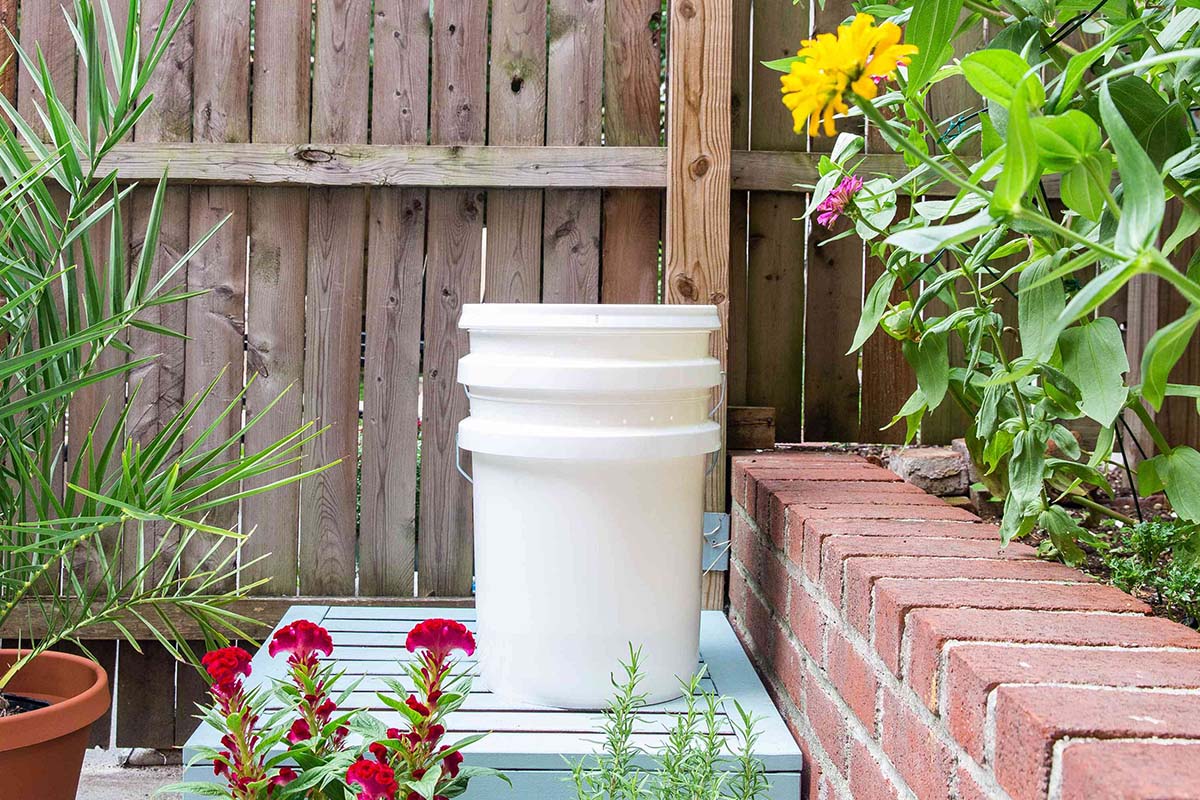
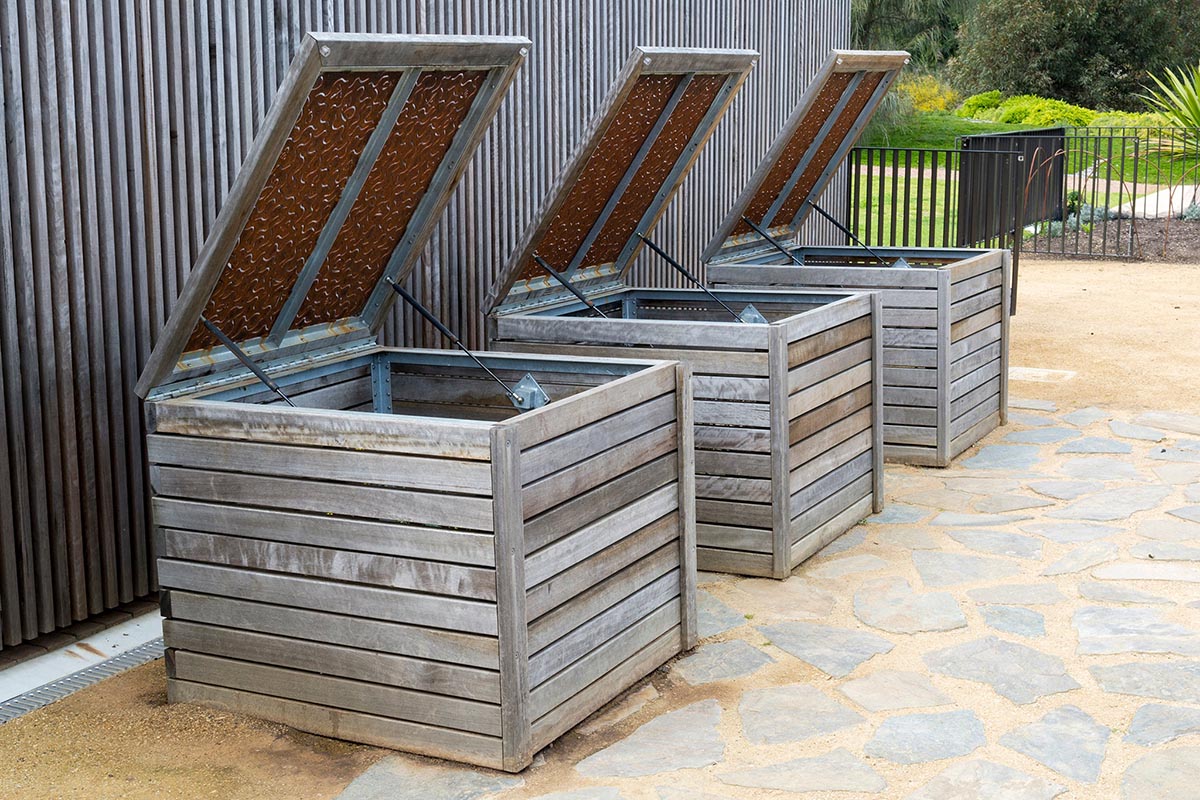
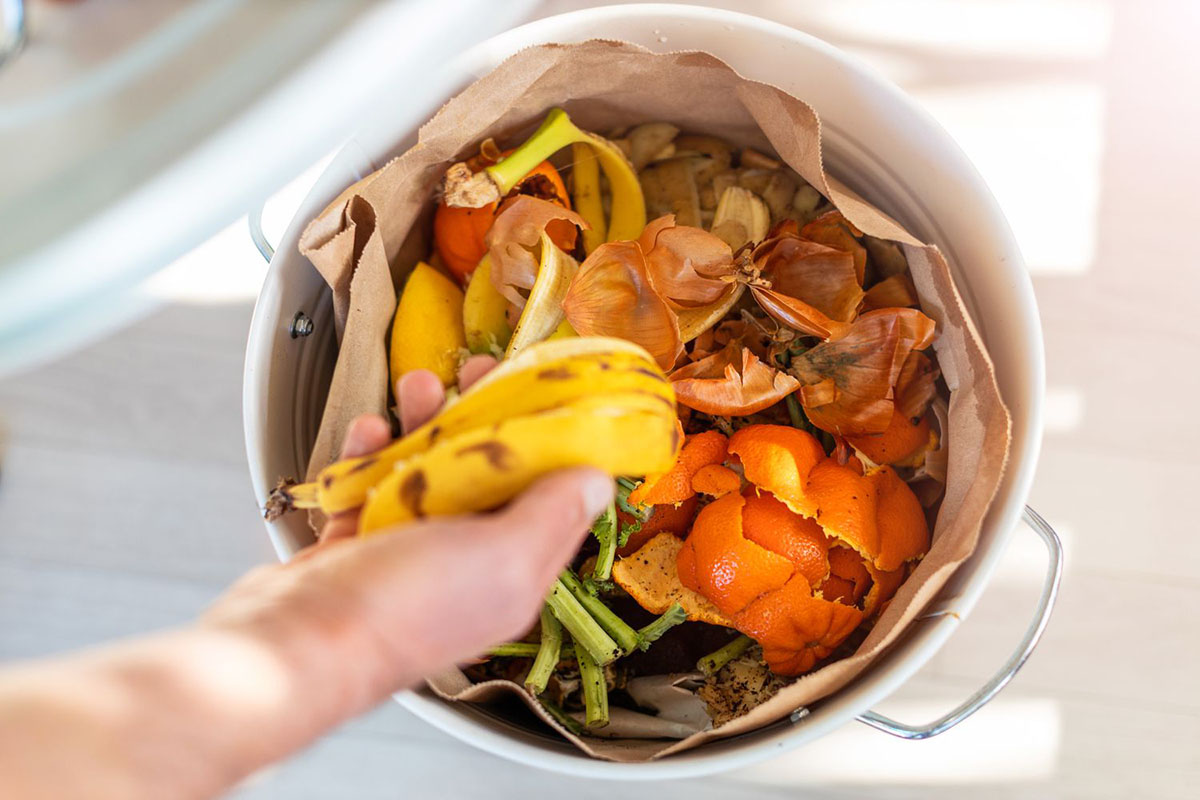
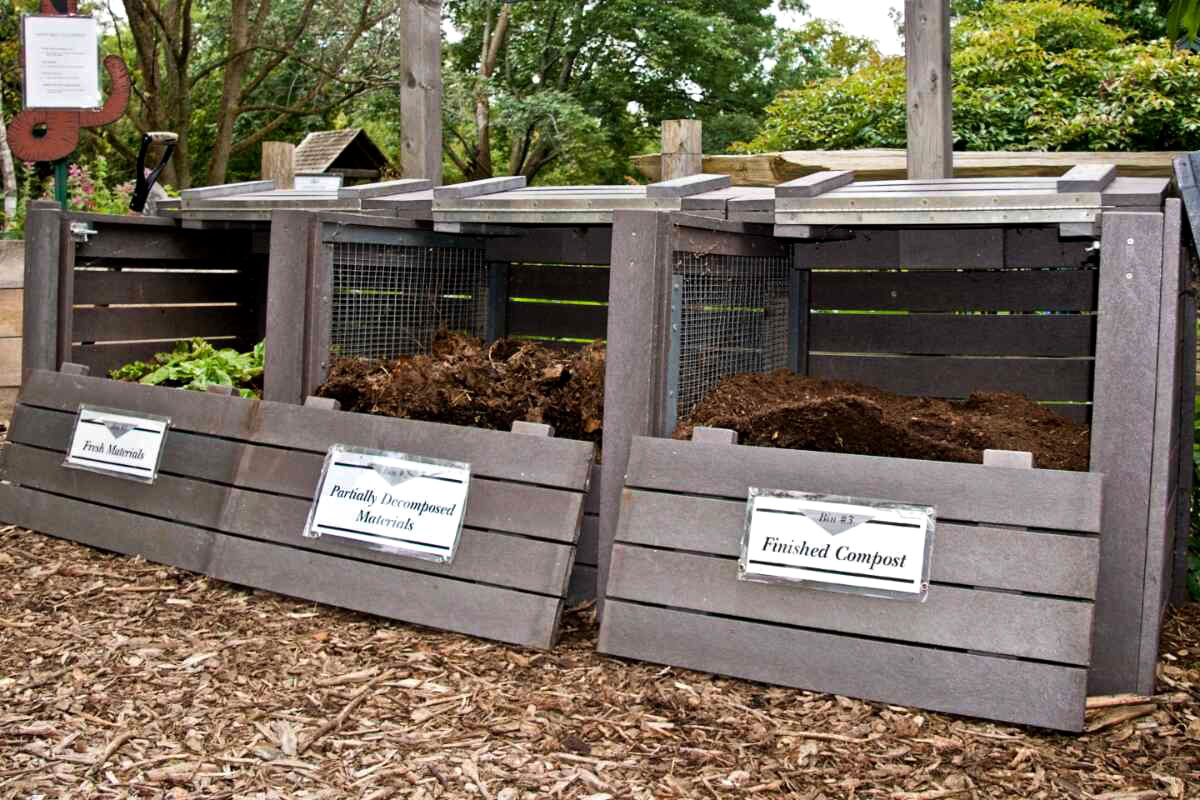
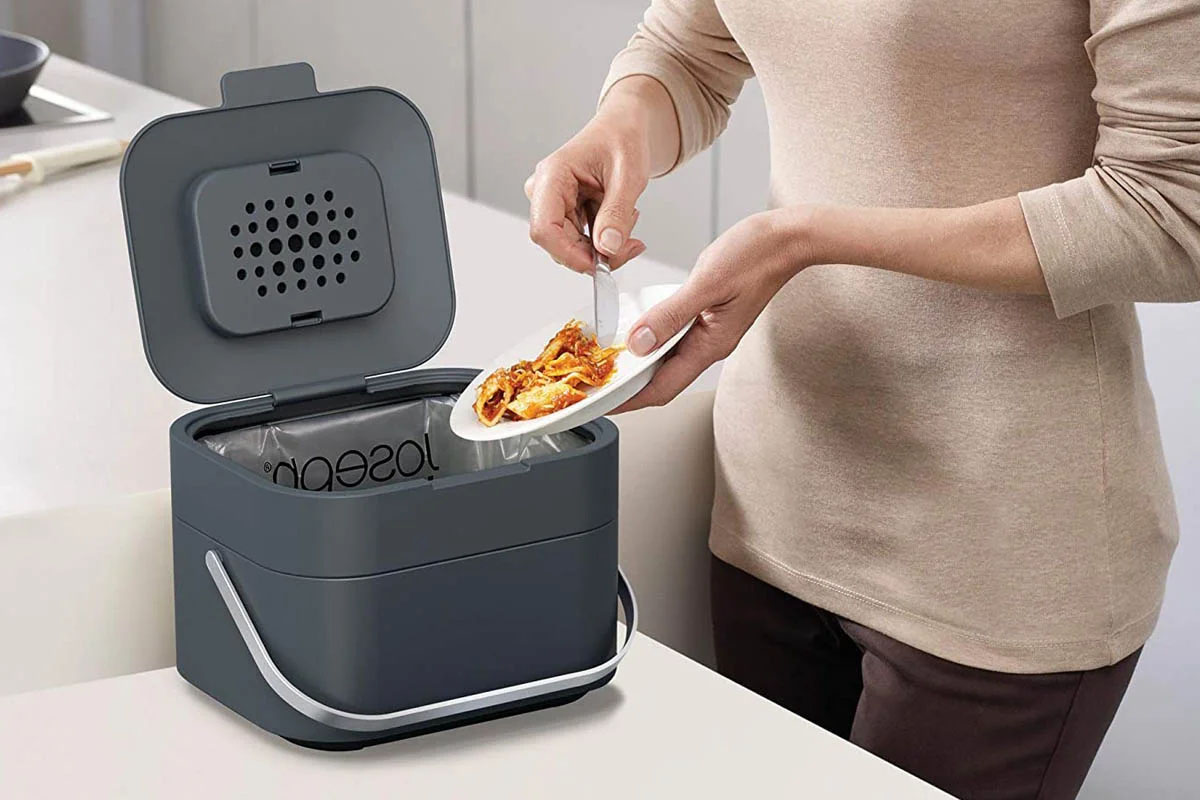
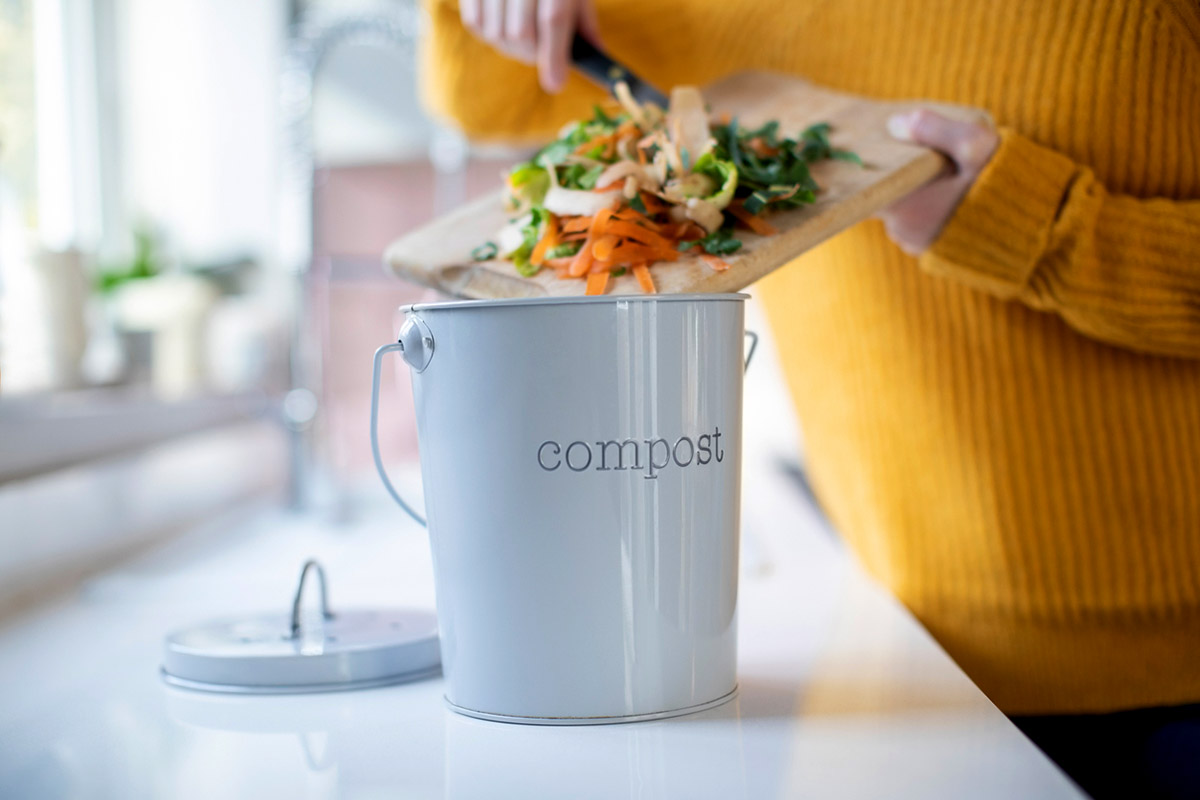
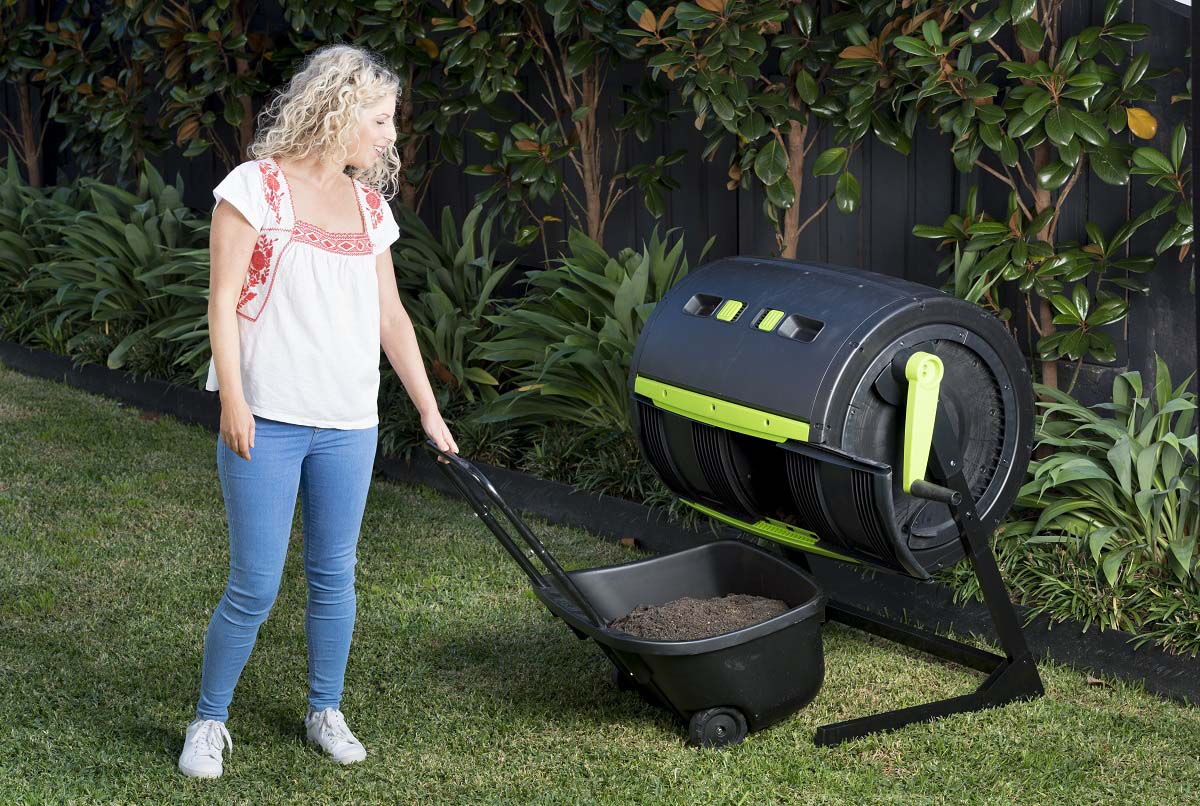
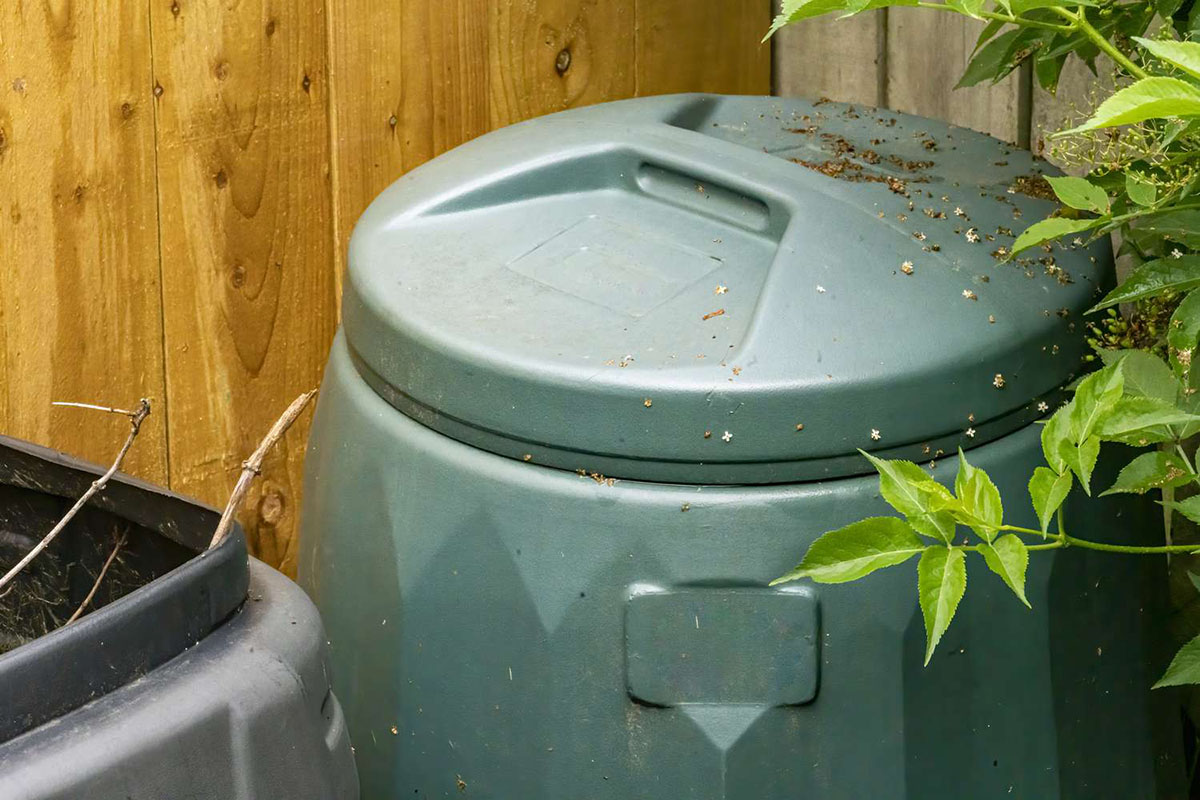
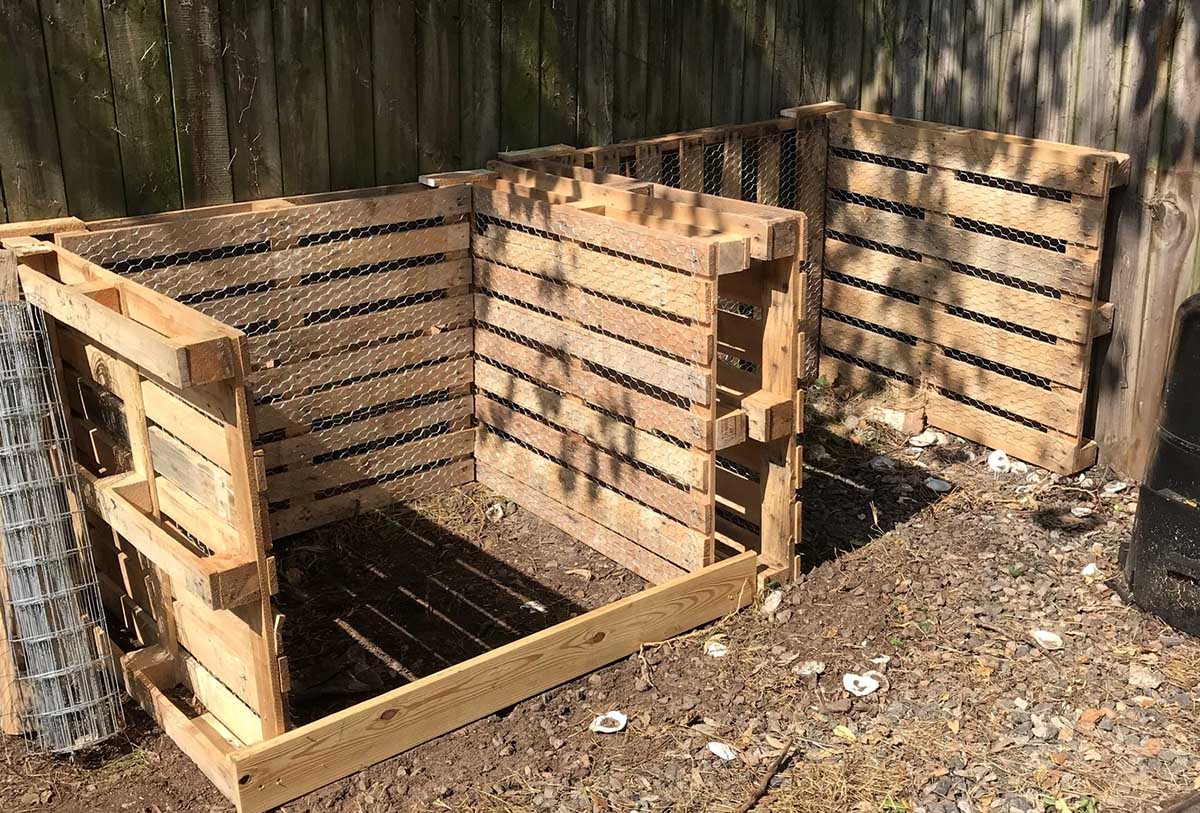
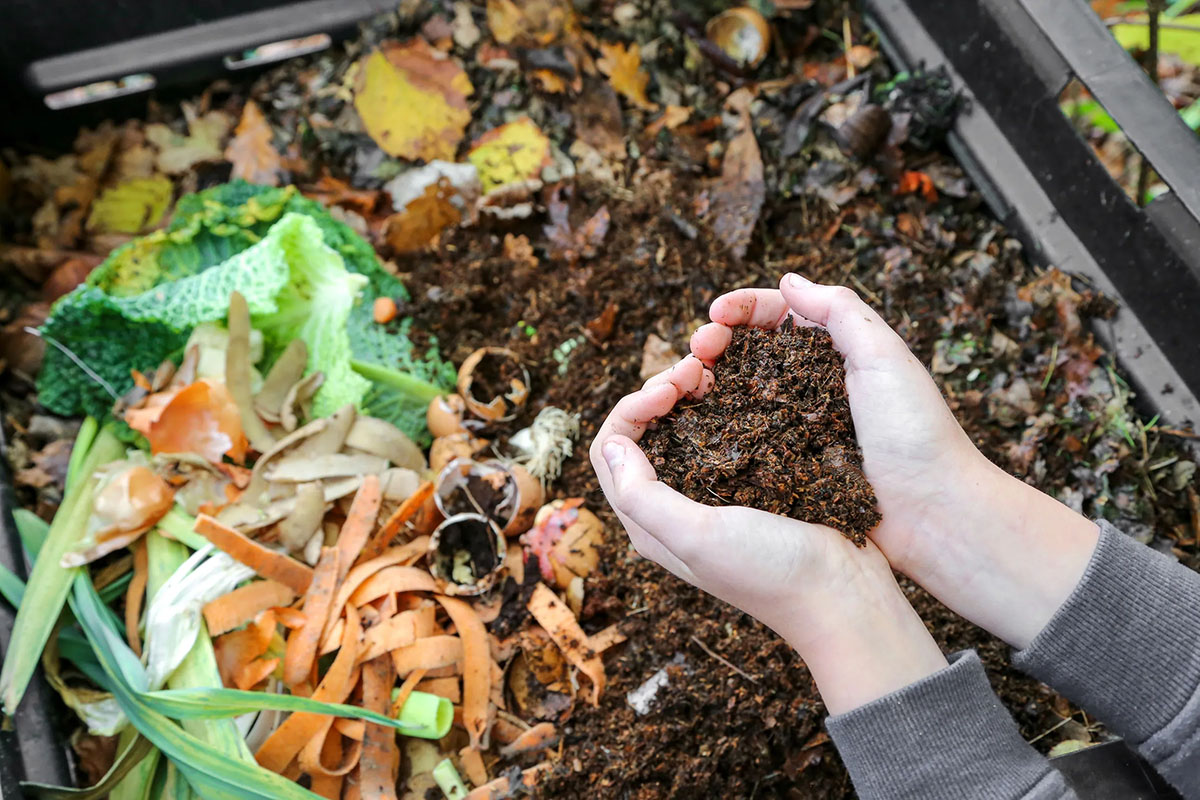
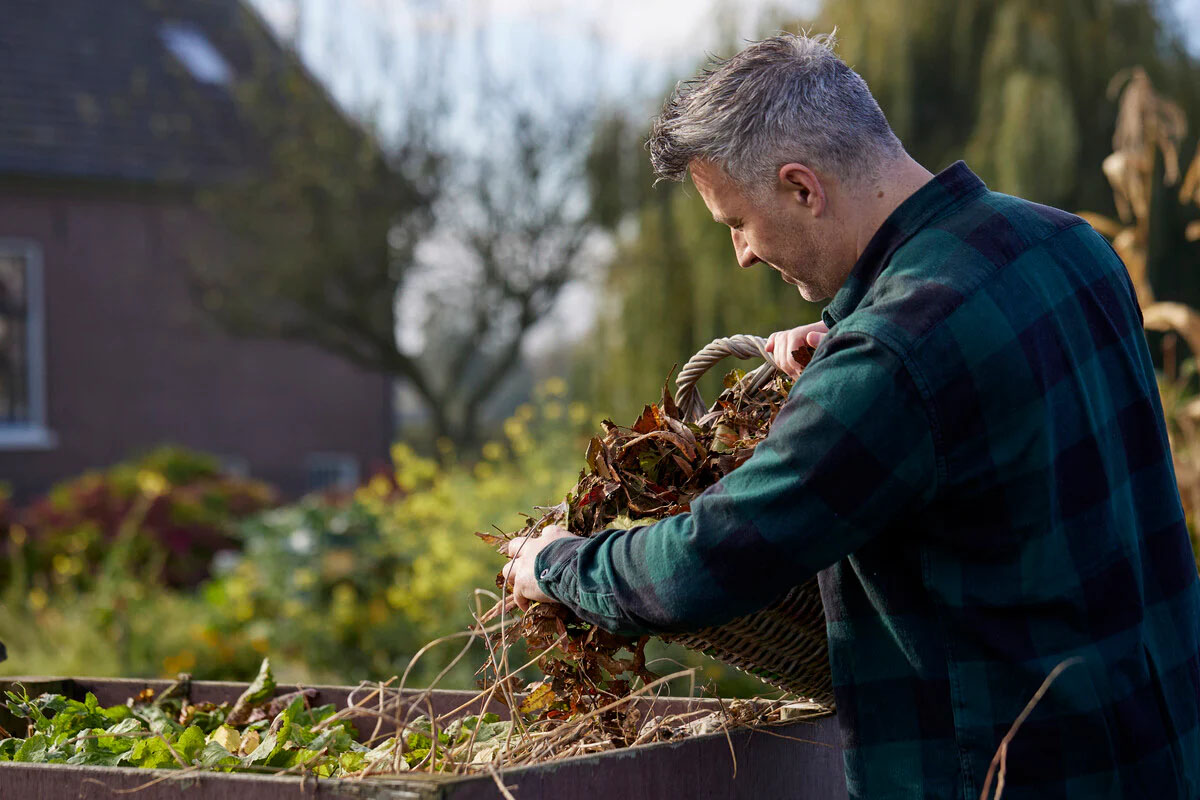
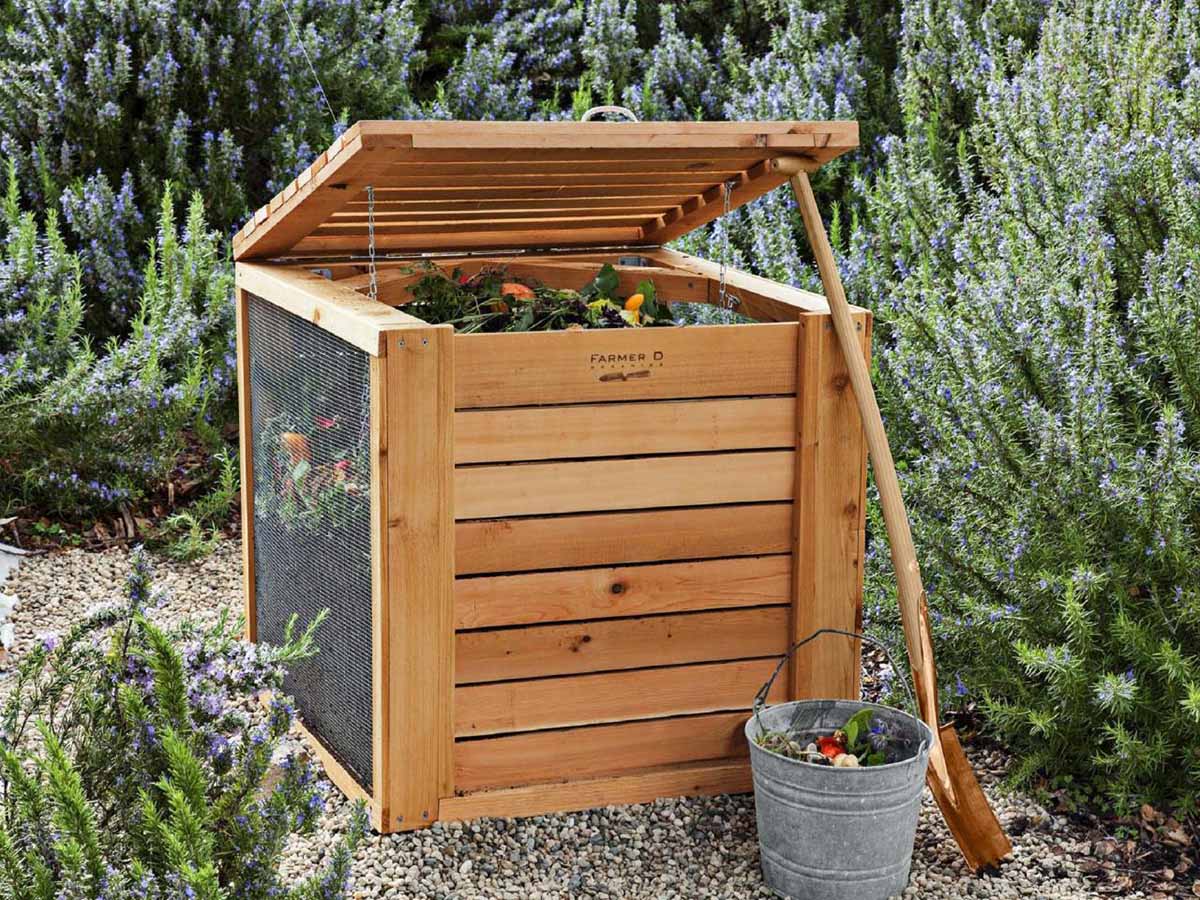
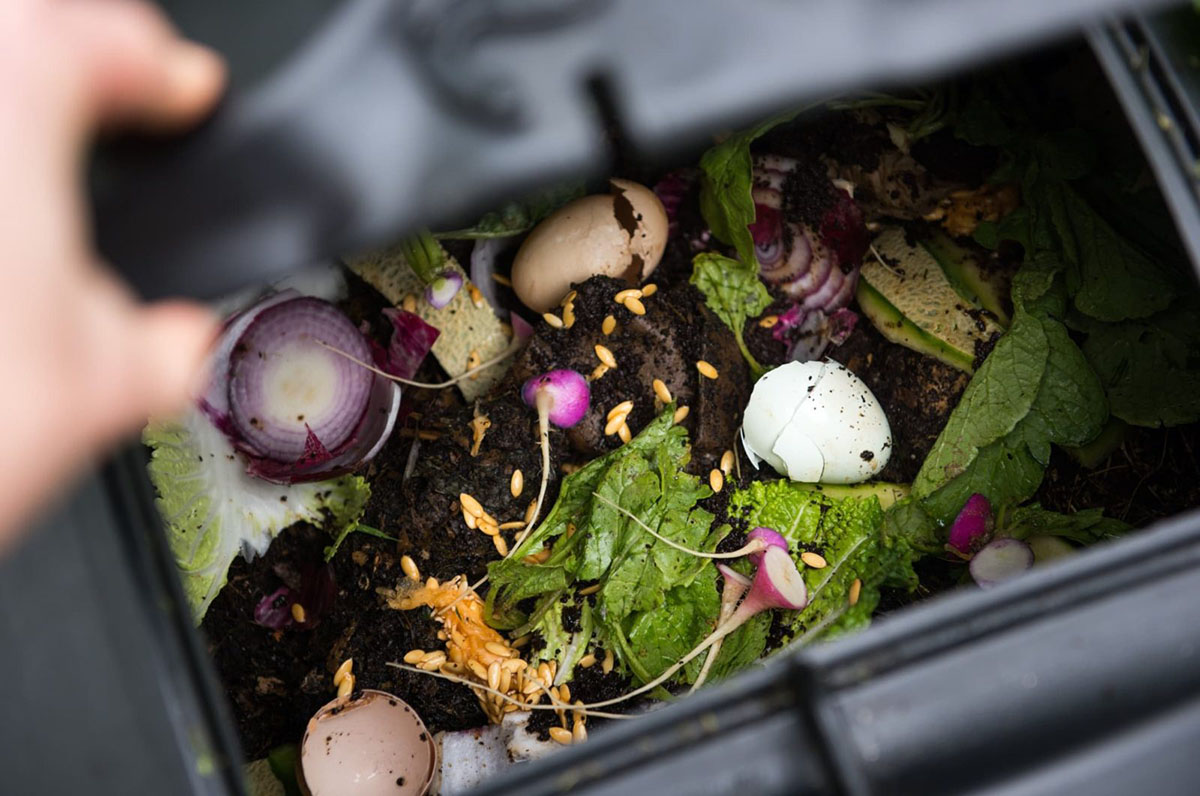
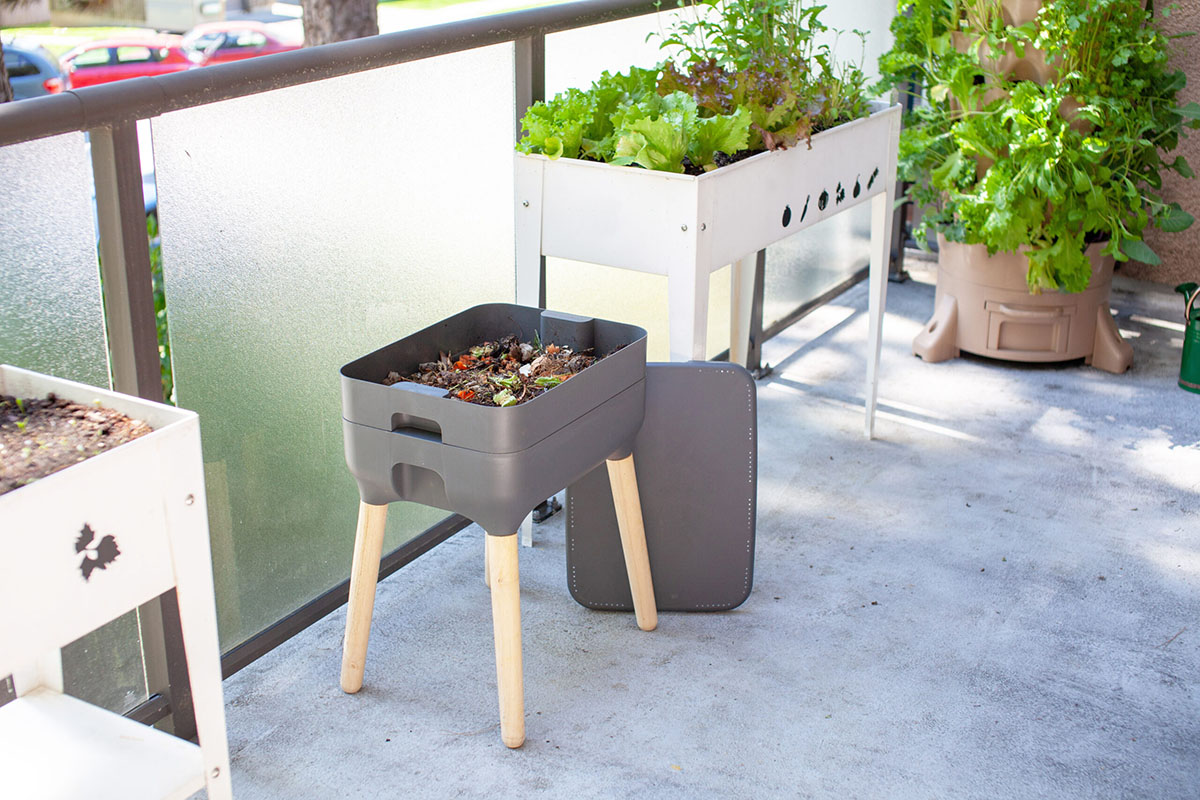

0 thoughts on “How To Compost With A Bin”